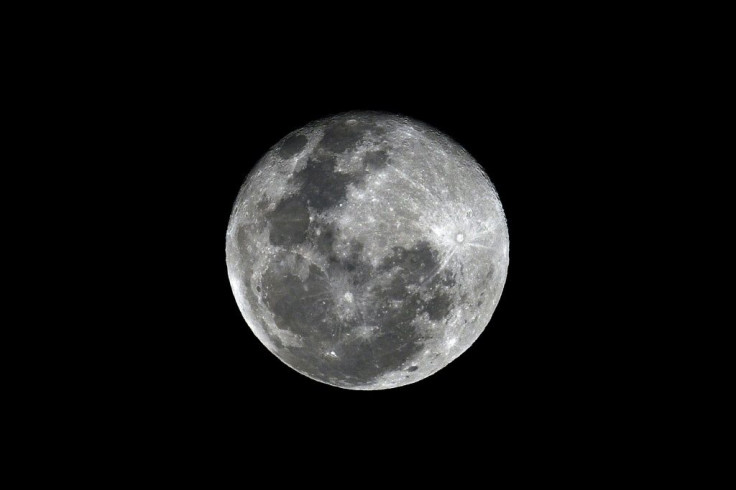Study Explains Why Moon’s Near And Far Sides Look Different
KEY POINTS
- A new study explained why the Moon's sides appear different from each other
- The near side of the Moon shows signs of volcanic activity
- Radioactive elements may have caused increased volcanic activity on the Moon
A team of scientists presented a new theory explaining the stark difference between the two sides of the Moon. According to their study, the differences may have been caused by factors that triggered volcanic activity beneath the lunar surface.
The new study was carried out by an international team of scientists. They presented their findings in a new paper published in the journal Nature Geoscience.
The Moon is tidally locked to Earth, which means only one side is constantly facing the planet. This side is characterized by dark patches on the surface, which are known as lunar maria. These are plains of dark basalt that were formed by the Moon’s ancient volcanic activity.
On the other hand, the other side of the Moon, or the one facing away from Earth, has a paler appearance due to fewer lunar marias on the surface. Also, this side of the Moon has a thicker crust.
After creating a thermal model of the Moon, a group of scientists discovered another major difference between the near and far sides. According to their findings, the side of the Moon facing Earth is unusually rich in various elements such as potassium, phosphorus and other rare-Earth elements.
The element-rich region has been labeled as the Procellarum KREEP Terrane based on the atomic symbols of the elements in the area. Previous observations have revealed that this region has heat-generating properties due to its abundance of radioactive elements. According to the researchers, these properties may have led to high volcanic activity in the area.
The scientists said this could explain why the near side of the Moon appears very different from its far side. Carrying out follow-up studies on the Procellarum KREEP Terrane and its properties could provide important information regarding how the region affected the Moon’s volcanic activities and its overall formation.
“In particular, regions on the Moon's near side have concentrations of radioactive elements like uranium and thorium unlike anywhere else on the Moon,” planetary scientist Matthieu Laneuville, one of the co-authors of the study, explained in a statement.
“Understanding the origin of these local uranium and thorium enrichments can help explain the early stages of the Moon's formation and, as a consequence, conditions on the early Earth,” he added.

© Copyright IBTimes 2024. All rights reserved.





















